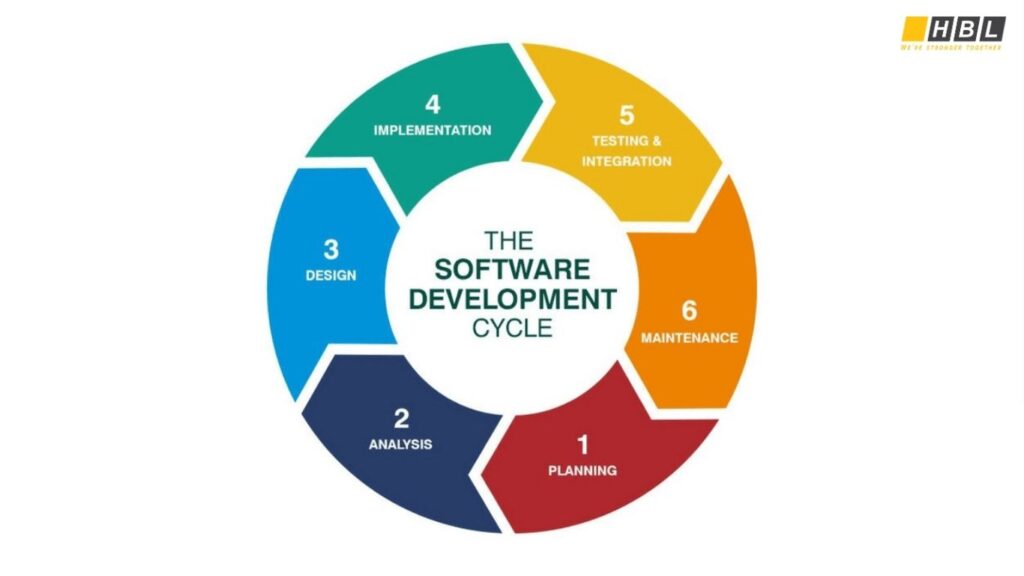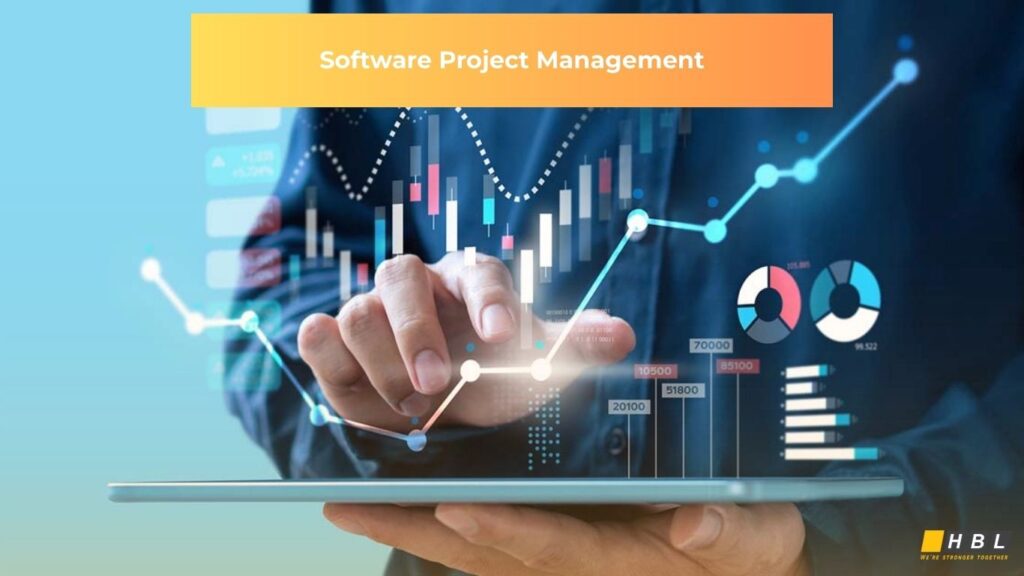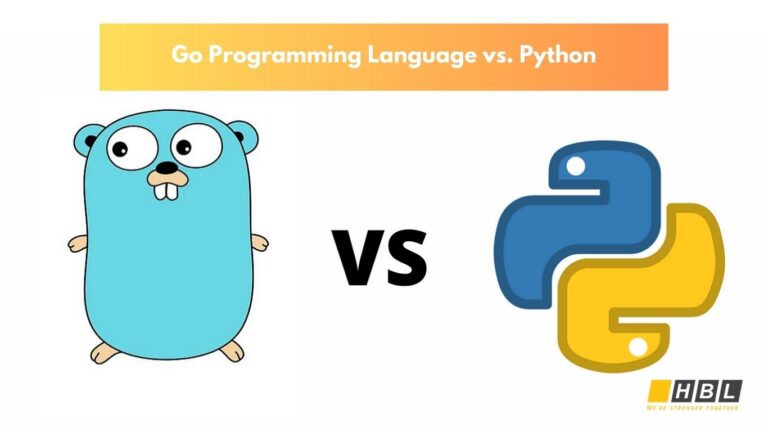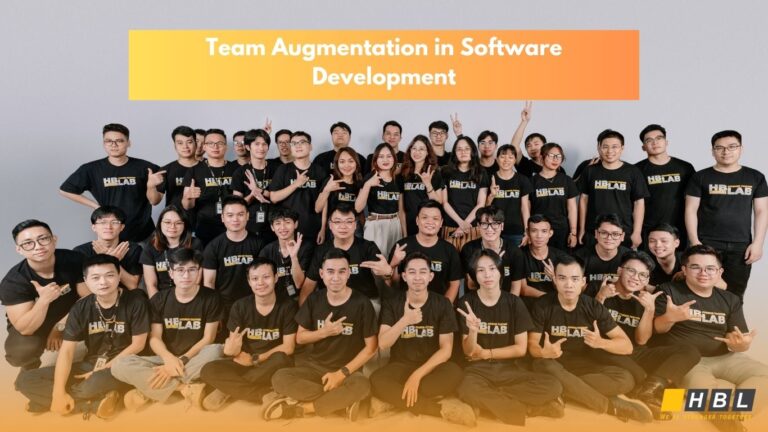Effective management in software projects is the backbone of successful software delivery. It’s not just about writing code — it’s about ensuring every step, from idea to product launch, is organized, predictable, and aligned with business goals.
At HBLAB, we focus on both software development and full-cycle project management, ensuring global clients like those in the US and Australia can rely on us for transparency, scalability, and long-term value.
What Is a Project in Software Project Management?
Before diving into execution, it’s important to understand what qualifies as a “project” in the software context. A software project is not just a to-do list — it’s a structured, time-bound endeavor aimed at delivering a solution with defined goals, resources, and constraints. At its core, it involves managing people, technology, budget, and timelines to build software that works — and works well.

1. Key Elements of a Software Project
A successful software project balances many moving parts. Here are the fundamental components:
- Defined Scope: A clear boundary around what the project includes (and what it doesn’t). This helps prevent scope creep — one of the most common reasons software projects fail.
- Time & Budget Constraints: Every software initiative has to work within limited resources. Good management ensures delivery within agreed timeframes and budgets, avoiding unexpected costs.
- Quality Control Measures: Whether it’s a mobile app or enterprise platform, QA processes ensure the software meets user expectations and complies with technical standards.
- The Right Team and Tools: Project success depends on having developers, designers, testers, and managers aligned — and equipped with the right tools to communicate, track progress, and solve problems efficiently.
2. Typical Lifecycle Phases in a Software Project
Every project evolves through distinct phases, each building on the previous one to ensure structured progress:
- Initiation & Requirement Gathering: This is where business needs are uncovered through discovery calls, documentation, and stakeholder interviews.
- Planning & System Design: Architects and designers create the technical blueprint and interface mockups, while managers plan schedules and resources.
- Execution & Development: Developers write code, testers validate functionality, and managers monitor timelines and velocity.
- Testing & Deployment: Quality assurance, security checks, and client validation ensure the software is ready for release.
- Maintenance & Improvement: Even after go-live, updates and support are needed to improve performance and keep systems up-to-date.
Why Software Project Management in Software Engineering Matters
Software engineering is more than just coding — it’s a disciplined process that turns ideas into working, value-generating systems. At the heart of that process is project management. Effective software project management acts as the glue holding all the moving parts together, ensuring that teams stay aligned, deadlines are met, and solutions fulfill real business needs.
Understanding its importance helps organizations avoid costly missteps and unlock better outcomes in both the short and long term.

1. Connecting Technical Execution with Strategic Goals
Modern businesses depend on software to scale operations, reach users, and deliver value. However, without proper management, even the most talented development team can fall short of business expectations. That’s where software project management comes in — it ensures every line of code supports clear business objectives.
By defining goals early, maintaining clarity across departments, and adapting to changes, project managers act as translators between vision and execution. This alignment helps stakeholders track progress and measure ROI with confidence.
2. Minimizing Risk and Enhancing Quality
Unmanaged software projects are risky — they can overrun budgets, miss deadlines, or fail to meet user expectations. Structured project management frameworks help prevent that by embedding checks and balances at every phase.
- Technical Assurance: Ensures code quality, documentation, and maintainability meet industry standards.
- Budget Oversight: Tracks actual spending versus forecasts to keep projects financially healthy.
- User Satisfaction: Incorporates continuous feedback cycles to ensure the final product meets evolving needs.
Ultimately, project management transforms software development from guesswork into a repeatable, measurable process — one that reduces risk while increasing overall project success.
3. Key Stages in Software Project Management
Just like building a house requires careful planning and a step-by-step process, delivering software demands a well-structured roadmap. Below are the standard stages involved in managing a software project — from concept to completion.
1. Core Stages Explained
| Stage | Purpose |
| Initiation | Define the “why” of the project, identify stakeholders, outline high-level goals, and begin forming the project charter. |
| Planning | Develop detailed project plans, assign resources, build timelines, conduct risk analysis, and establish a communication structure. |
| Execution | Translate plans into action: coding, design, and testing. Project managers track progress and resolve blockers. |
| Monitoring & Controlling | Constant evaluation of timelines, budget, KPIs, and team velocity. Mid-course corrections are made here. |
| Closure | Conduct handover, gather client feedback, finalize documentation, and deploy support or maintenance contracts. |
Each stage has its own deliverables and checkpoints, ensuring that the project moves forward smoothly and transparently.

4. Common Software Project Management Methodologies
Each project requires a tailored management approach. Below is a comparison of the most common software project management methodologies:
| Methodology | Flexibility | Delivery Style | Risk Management | Best Use Cases |
| Agile | High | Iterative | Continuous | Evolving products, startups |
| Scrum | High | Sprint-based | Sprint review | Development teams, MVPs |
| Waterfall | Low | Linear | Early-stage planning | Fixed-scope projects |
| Hybrid Models | Medium | Combination | Balanced | Enterprise systems, complex products |
- Agile: Focus on adaptability, responding to change, delivering value early.
- Scrum: A subset of Agile, using structured sprints, stand-ups, and reviews.
- Waterfall: Traditional linear approach, suitable for projects with clearly defined requirements.
- Hybrid: Combines Agile flexibility with Waterfall control — ideal for enterprise-level projects requiring both.
5. Essential Tools for Software Project Management
Having the right tools can make or break the success of a software project. These tools support everything from planning and communication to execution and reporting — giving project managers and teams the visibility they need to stay on track.
5.1. Project and Task Management Tools
Project managers often rely on tools like Jira, Trello, ClickUp, or Asana to create tasks, assign roles, and monitor sprint progress. These platforms offer boards, timelines, and reporting dashboards to keep teams aligned and productive.
For Agile-based projects, these tools are invaluable in tracking user stories, backlogs, and sprint velocity.
5.2. Communication and Documentation Platforms
Seamless communication is essential, especially in remote or distributed teams. Tools like Slack and Microsoft Teams allow for real-time conversations and integrations with other apps. Meanwhile, documentation hubs like Confluence and Notion ensure that meeting notes, product specs, and guides are easily accessible and version-controlled.
Bonus: Real-time collaboration tools such as Miro and FigJam can enhance brainstorming, design thinking, and sprint planning sessions.
6. Metrics to Track in Software Project Management
6.1. Performance and Timeline Metrics
- Schedule Variance (SV): Measures whether a project is ahead or behind its timeline.
Formula: SV = Earned Value (EV) – Planned Value (PV) - Team Velocity: Tracks how much work (e.g., story points) a team completes during a sprint. It helps predict delivery timelines more accurately in Agile settings.
- Sprint Burndown: A visual representation of completed tasks over time. Ideal for quickly spotting delays.
6.2. Quality and Satisfaction Indicators
- Bug Rate: The number of defects identified during a specific phase (e.g., QA, UAT). A rising bug rate may indicate quality issues or unrealistic timelines.
- Customer Satisfaction Score (CSAT): Collected through surveys post-delivery, this reflects how well the final output met client expectations.
- Budget Variance: Compares actual spend to the allocated budget, helping ensure financial control.
These metrics give both teams and clients the data they need to improve performance and decision-making — in real-time and post-project review.
HBLAB’s Strengths in Software Project Management and Why HBLAB?
Now that we’ve explored the importance of effective software project management and its methodologies, it’s essential to understand how a trusted partner like HBLAB can help you execute it successfully. Backed by a decade of experience and a global footprint, HBLAB offers more than just technical skills — we bring strategic insight, executional excellence, and long-term value to every project. Here’s why clients around the world choose us.
1. Proven Experience Across Global Markets
With over 10 years in operation, HBLAB has delivered successful software projects for clients in Japan, Singapore, Australia, the US, and across Europe. We understand that each market has different cultural, regulatory, and technical expectations — and we tailor our delivery model accordingly.
Our teams are familiar with agile collaboration across time zones, remote working best practices, and secure data handling standards such as ISO 27001 and GDPR compliance. Whether you’re a startup or an enterprise, we provide the flexibility and confidence needed for global delivery.
2. Transparent Process and Agile Flexibility
At HBLAB, every project begins with a clear scope definition and milestone roadmap. We emphasize transparent communication from day one with:
- Weekly check-ins & sprint reviews to keep stakeholders updated
- Dedicated project managers and business analysts for requirement clarity
- Real-time updates through tools like Jira, Confluence, Slack, and Miro
We adopt Agile, Scrum, or Hybrid models depending on the complexity of the project — ensuring rapid feedback loops and on-time delivery. Our teams are trained to adapt quickly to evolving client needs, minimizing delays and surprises.
3. Full-Service Support From Start to Finish
HBLAB is more than a development vendor — we are a full-cycle technology partner.
From ideation to post-launch, we support your software project through:
- Requirement analysis & product discovery workshops
- UI/UX design, MVP development, and system architecture planning
- Front-end & back-end development, QA, DevOps, and maintenance
Whether you need a cloud-native platform, mobile application, or AI integration, we have in-house teams to support your goals without relying on third parties.
4. Long-Term Partnership Focus
We don’t just deliver a project — we build a relationship. Our engagement model is designed for scalability and continuity.
- 80% of our clients return for second or third projects
- We offer dedicated teams that grow with your business over time
- Our Account Managers and Engagement Leads stay connected post-delivery to support growth, handle upgrades, and ensure smooth operations
For us, success means being your long-term partner — not a one-time vendor.
5. Seamless Integration With Client Teams
In software project management, successful delivery often depends on how well external teams integrate with client-side teams. At HBLAB, we pride ourselves on being easy to work with — our engineers, project managers, and designers adapt to your company culture, time zone, and preferred toolsets.
We provide:
- Flexible onboarding: Whether you use Jira, Azure DevOps, or ClickUp, we align with your processes from Day 1.
- Timezone-friendly teams: With hybrid working models across Vietnam, Japan, and Singapore, we support overlapping hours with clients in Australia, Europe, and North America.
- Cultural sensitivity & communication: English-proficient staff, transparent escalation paths, and shared dashboards ensure clarity and accountability.
🤝 Integration is not just technical — it’s about culture, responsiveness, and shared ownership.
6. High-Caliber Talent with Ongoing Skill Development
Our strength lies in our people. At HBLAB, we actively invest in upskilling and certifications to ensure our engineers stay current with evolving technologies.
We ensure:
- Ongoing training: From AWS/GCP/Azure certifications to Agile coaching and DevOps automation, our teams grow with the industry.
- Mentorship programs: Junior staff are paired with senior mentors to ensure consistent quality across delivery.
- Specialized roles: For large or complex projects, we provide BA, QA, PM, UI/UX experts to cover all development angles.
Whether you’re working on a full-stack platform or niche AI integration, HBLAB assigns the right talent from the beginning — reducing ramp-up time and costly revisions.
7. Domain Expertise Across Industries
With experience in Fintech, Edtech, Healthcare, Logistics, and Retail, our software project management is not one-size-fits-all. We apply industry knowledge to anticipate regulatory constraints, user needs, and scaling challenges.
Examples include:
- Logistics: Streamlining warehouse operations through tracking dashboards and real-time APIs.
- Healthcare: HIPAA-compliant data flows and appointment systems with integrated AI chatbots.
- Education: Learning management systems (LMS), AI tutors, and mobile-first solutions.
We don’t just deliver code — we deliver impact, shaped by industry context.
8. Metrics-Driven Optimization and Continuous Delivery
Our projects don’t stop at delivery. We implement data-driven approaches to ensure long-term performance and scalability.
Each project includes:
- KPI tracking: We monitor velocity, throughput, bug rates, and SLA adherence.
- Retrospective reviews: After each sprint or milestone, we hold structured retros to improve velocity and satisfaction.
- Client feedback loops: Formal and informal channels allow clients to share feedback anytime — not just at project close.
This continuous improvement model makes our software projects smarter, leaner, and more aligned with business goals.
If you’re looking for a reliable partner for management in software project — with a focus on transparency, flexibility, and proven results — HBLAB is ready to help.
👉 Contact us today for a free consultation and discover how we can bring your ideas to life efficiently and securely.
Read more:
– Healthcare App Development: Revolutionizing Patient Care and Medical Practices
– A Guide to Web Application Languages: Choosing the Right One & Top 11 Languages to Know




